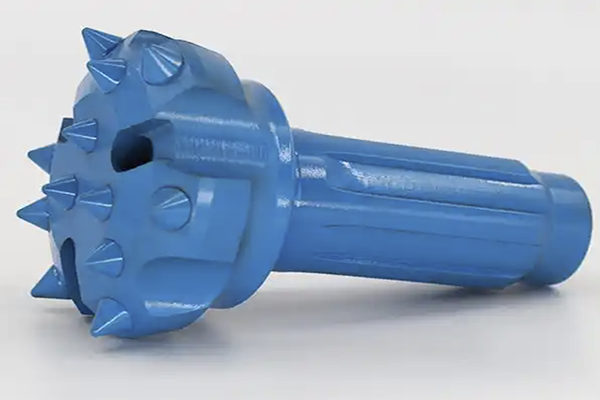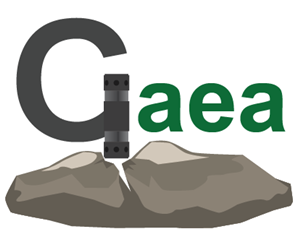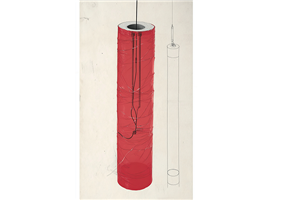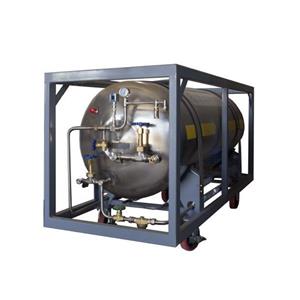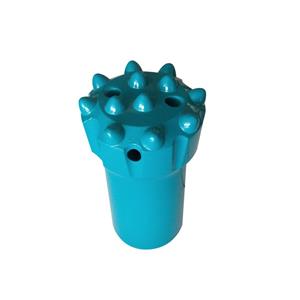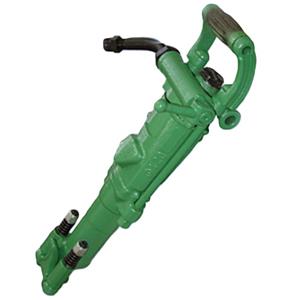Key Points and Maintenance Tips for Using DTH Drill Bits
Why do some DTH drill bits fail quickly while others last a long time? A commonly overlooked reason is incorrect operating practices. Overall, three main factors determine tool life and drilling efficiency: 1) air pressure, 2) axial (thrust) pressure, and 3) drill-rod rotational speed. Properly setting and coordinating these three parameters will effectively extend bit life, save costs and materials, and avoid unnecessary expense.
Recommended settings for air pressure, axial pressure and rotation speed:
Air pressure: Working air pressure for the tooling is between 0.7 and 3.0 MPa. Higher air pressure generally increases drilling speed; a recommended operating range is 1.2–3.0 MPa.
Axial (thrust) pressure: Thrust should be set so that the bit’s axial pressure is slightly higher than the hammer’s rearward reaction force, allowing the hammer to be supported and ensuring stable operation.
Drill-rod rotation speed: Recommended rotation speed is usually 15–45 rpm. Higher speed increases drilling rate, but as hole diameter grows or rock hardness increases, rotation speed should be reduced to break rock more gently. Adjust speed according to site conditions to achieve the best rock-breaking effect while minimizing re-grinding and wasted work.
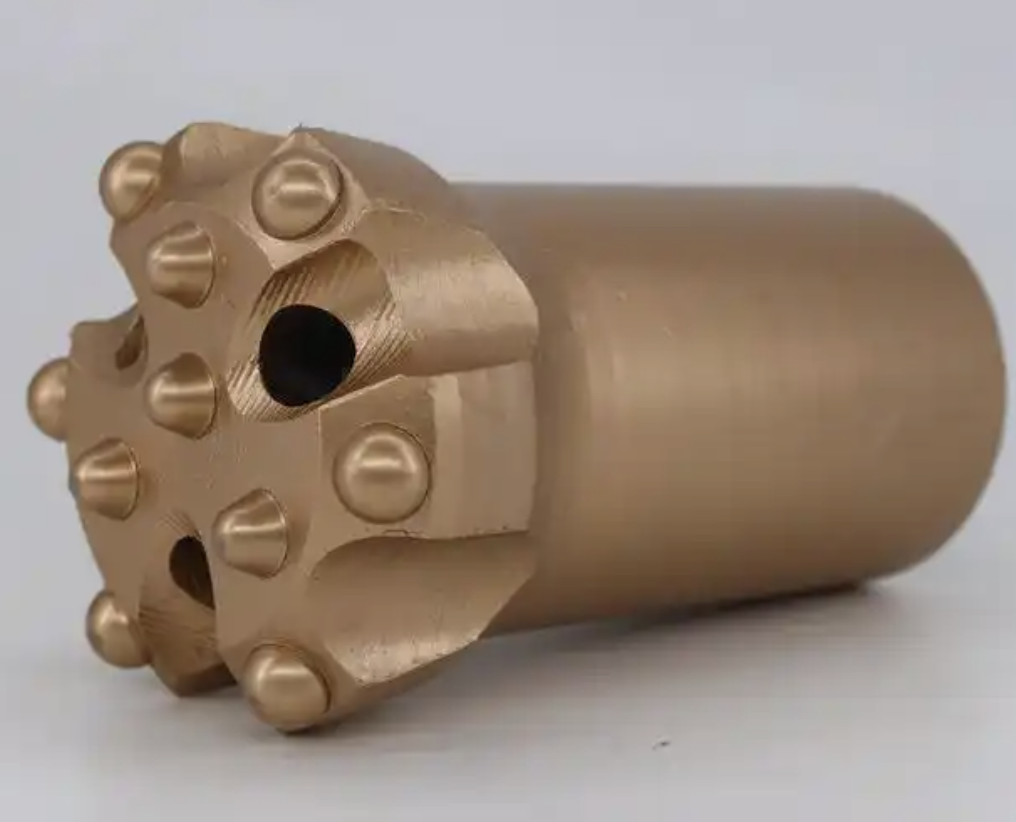
In addition to those three parameters, correct use and maintenance before, during, and after operation are key to ensuring long service life. Practical steps follow.
Before use
Check that the air supply lines and the inside of the drill rod are clean. If there is dust or contamination, blow them out with compressed air.
Check the lubricator for sufficient lubricating oil. Running the hammer without lubrication can damage the piston surface and cause failure. If oil is insufficient, refill before starting.
Inspect the hammer (impact device) for external damage or dents. Pay special attention to dust, rust, or foreign material ingress into the hammer; clean thoroughly if present to avoid performance problems.
During use
Do not suddenly cut off air supply while drilling or when pulling the bit up — this can cause the bit to stick or jam.
A replacement bit must not have a larger diameter than the removed bit to avoid jamming.
DTH hammers are normally rotated clockwise (left-hand hammers are an exception). Do not reverse-rotate the bit while it is in the hole to prevent the drill rod or hammer from falling into the borehole.
When encountering a water-bearing layer, do not let the hammer sit on the bottom with the air supply shut off. If drilling is paused, raise the hammer by two drill-rod lengths.
After use
Keep drill rods clean after use and keep thread ends free of dirt; use thread caps for protection when necessary.
If threads are dirty after use, clean them promptly with a stiff brush or clean cloth.
Clean the hammer after work, add clean low‑viscosity lubricant, apply grease to threads, and plug both ends of the hammer.
When assembling or disassembling the hammer, keep components clean and do not strike them with a heavy hammer to avoid deforming or cracking the outer cylinder.
Periodically inspect the retainer sleeve and the hammer’s outer cylinder for wear. The retainer sleeve diameter must never be smaller than the outer cylinder diameter; when wear reaches the minimum allowable diameter, replace the component in a timely manner.
Following these operating and maintenance practices will help maximize DTH bit life, improve drilling efficiency, and reduce operating costs.
